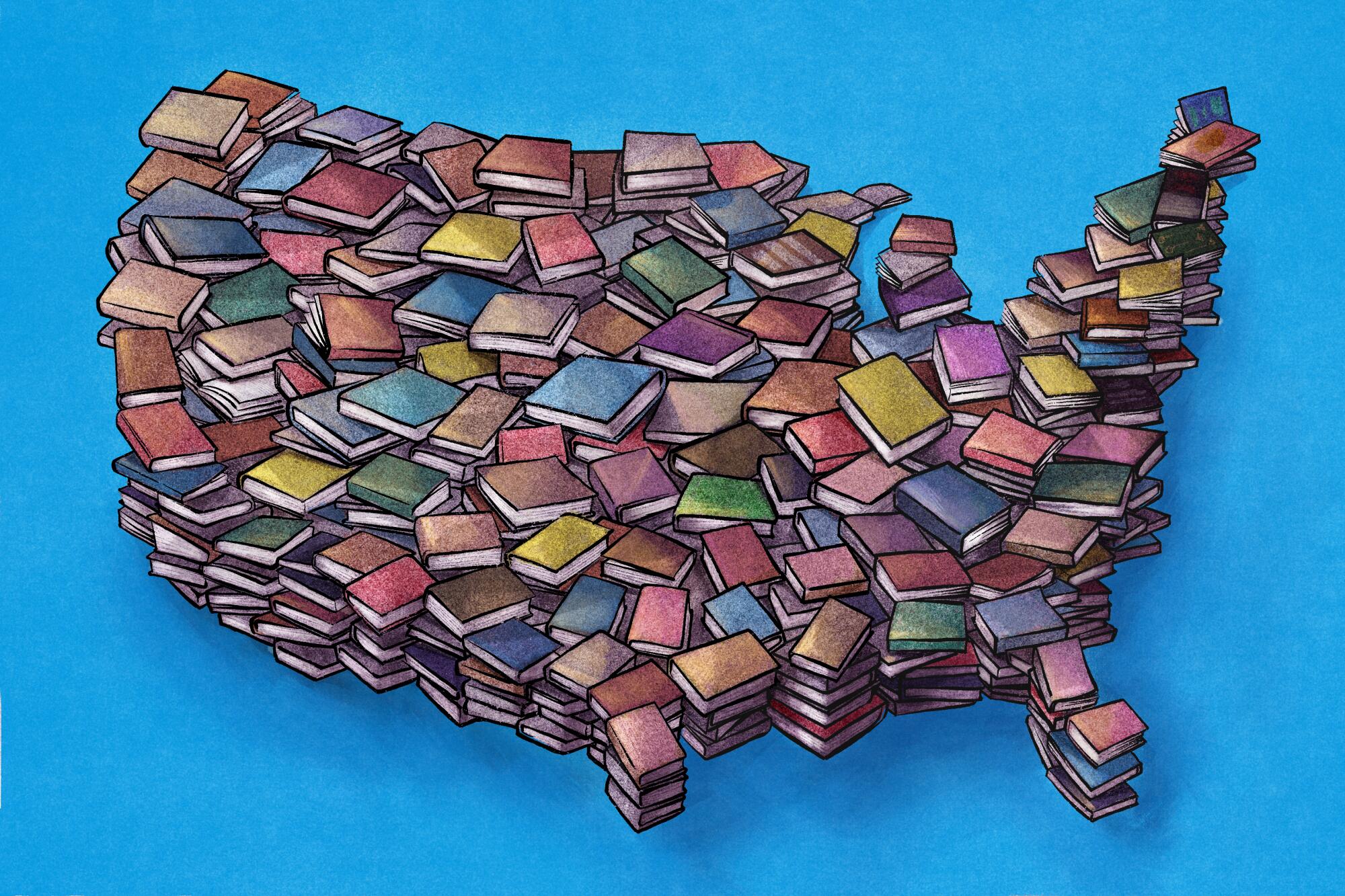
Over the last five years, I’ve read or reread 1,001 books of fiction in my project to create a literary map of this country. The idea for this “library of America” was born in 2016, when the news and the elections told of a country being irrevocably divided by politics, by ideas of red and blue, by arguments over who is American and who is not.
For me, those arguments ignored the vast geography of our stories and novels, the ways people search for belonging, leave home or stay, and how every state is really many places. Those arguments also ignored our common dreams, fears, challenges, hopes and everyday experiences, which unite us, regardless of where we live. I wanted to show that the places of American fiction can’t be divided into blue or red states.
Click on each dot to see the novel set in that location. To see the entire project at Esri, click here.
This may seem unbelievable, but in the course of creating this map, I filled my house with 1,001 books. Some are from the 19th century, with cloth bindings; some were published last month. I worked with the mapping company Esri to find specific geographic locations for each book, each idea of place contained in fiction, because American literature is a celebration of literary regions: city neighborhoods, rural parishes, small towns, ranches and boroughs, riverbanks and desert vistas, night bayous and frozen tundra, asphalt playgrounds and deep woods.
I made 1,001 books my goal, just as Scheherazade in “The Arabian Nights” told that many stories to stay alive. Maybe these books can keep us going as we read about the places we or our parents came from, regions we don’t know, homes lived in decades or centuries ago or homes made last year by someone new.
The books are all in my orange-grove farmhouse, in towering stacks, like a movie set for an old bookstore. I see America through fiction.
“Driftless,” the region of Wisconsin in David Rhodes’ work, is a timeless evocation of a remote place that led me west, where two books set hundreds of years apart in Montana — James Welch’s “Fools Crow” and Stephen Graham Jones’ “The Only Good Indians” — kept me awake all night. Rereading Willa Cather, in Nebraska, took me to “Pickard County Atlas” by Chris Harding Thornton, a beautiful echo of homelands. In my California, the Central Valley of Helena Maria Viramontes’ “Under the Feet of Jesus” leads into the L.A. of “The Tattooed Soldier” by Héctor Tobar and the Pala Reservation of Gordon Lee Johnson’s “Bird Songs Don’t Lie.”
My obsession with geography began early, in a 1966 Ford Country Squire station wagon, when my parents took us kids — five then — camping in Yellowstone, the Grand Canyon, Yosemite. I carried the maps, diligent about each small dirt road, each creek, each mountain. This year, on a paper map of the nation from an auto club, I marked journeys and regions in highlighters, trying to find the hearts of these books.
Working with the story maps team at Esri, I drew all over my paper map, seeing regions emerge in the novels for each state. We ended up with 11 regions, chosen for spines of mountain ranges, shared coastlines, prairie expanses. To find exact locations to map for each novel, I found references in the books themselves, I read interviews with authors throughout decades of their writing, and often — my favorite way — I contacted them by email or through Instagram and asked where they felt the exact heart of their books might be — especially in fictional places.
I got the idea for mapping hidden kingdoms from a former student and writer, Vanessa Hua, who knows those secret places in China and California. After we talked last year, I remembered my first hidden kingdom story, written at 15, about a desert canyon in Anza-Borrego.
The essential geography of America in the books of my favorite contemporary writers is peopled by characters who speak Spanish, Tagalog, Vietnamese and more. They are filled with the vernaculars of place, where nothing is merely red or blue, solely political or always divided. This is, of course, true in life: Every neighborhood in America is a blending of stories that can’t be reduced to any single idea.
We live in a nation of narratives told over thousands of years in lands like the Coachella Valley, near my home. I live in a state that was Mexico Territory until 1848. I grew up with schoolchildren whose families arrived in what would become Riverside County in 1842. My hope is that this map will encourage other readers to imagine all the kingdoms of America and the characters who live there, in the heart of the hearts of the country.
Here are the 11 kingdoms that have filled my imagination on this journey:
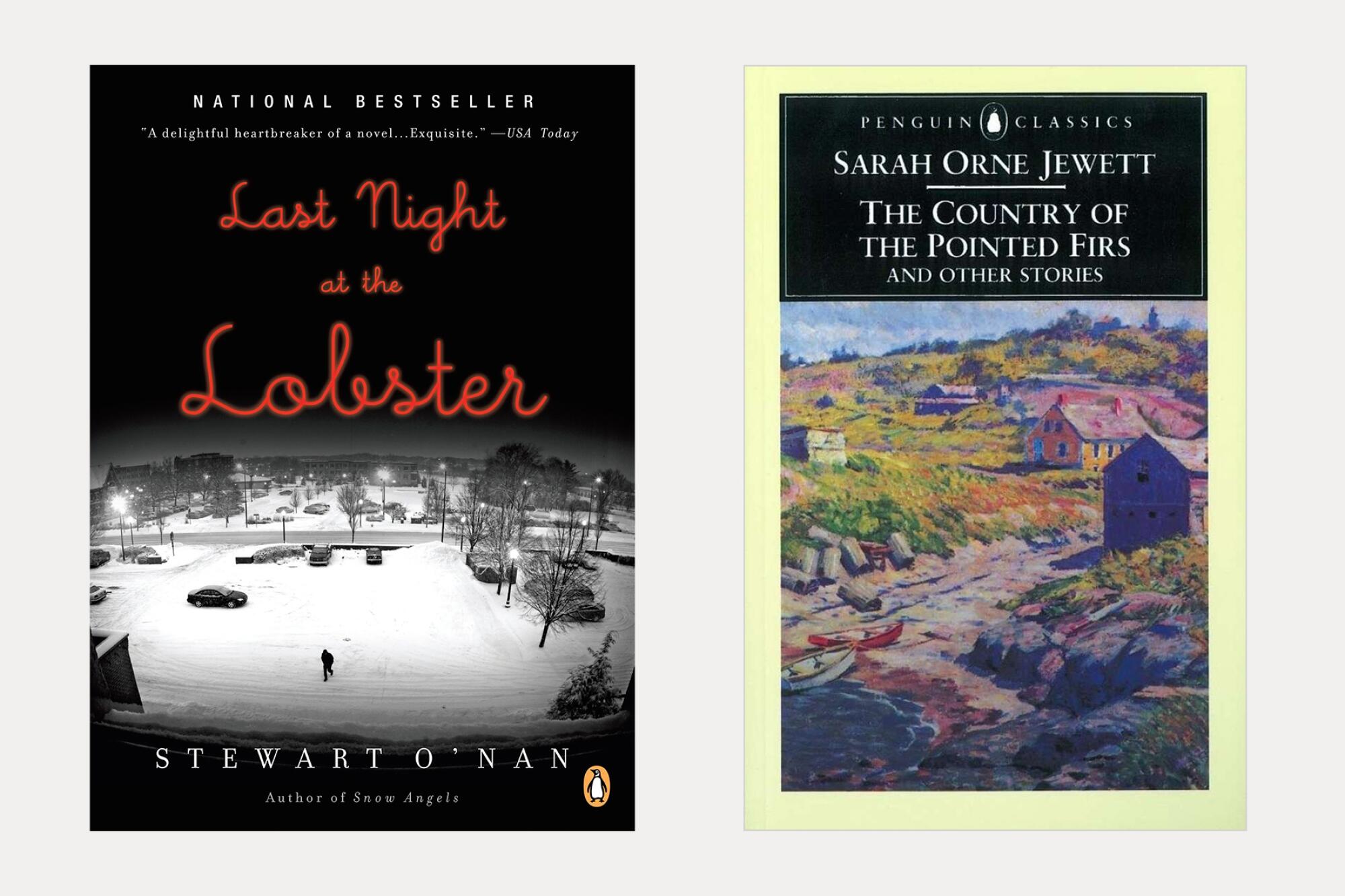
Pointed Firs, Granite Coves and Revolution
Vermont, Maine, New Hampshire, Massachusetts, Connecticut and Rhode Island
The stony coasts and harbors of Indigenous and pilgrim, heritage stories both dark and bright in rock-lined fields, cobblestone streets and onyx rivers, this region’s novels are classic, but I love the new voices as well. Every fall I visit New Brunswick, land of my stepfather, then drive south, seeing New England through these remarkable books.


Empire State and Atlantic Shores
New York and New Jersey
Boroughs and bridges, Finger Lakes and Adirondacks and the Jersey Shore, countless avenues and cobblestone streets of literature, bridges and bays, and millions of stories, as the sayings go. This region is home to great novels narrated by characters famous around the world, but also beloved at home where neighborhood, history and both blood and chosen family mean everything.

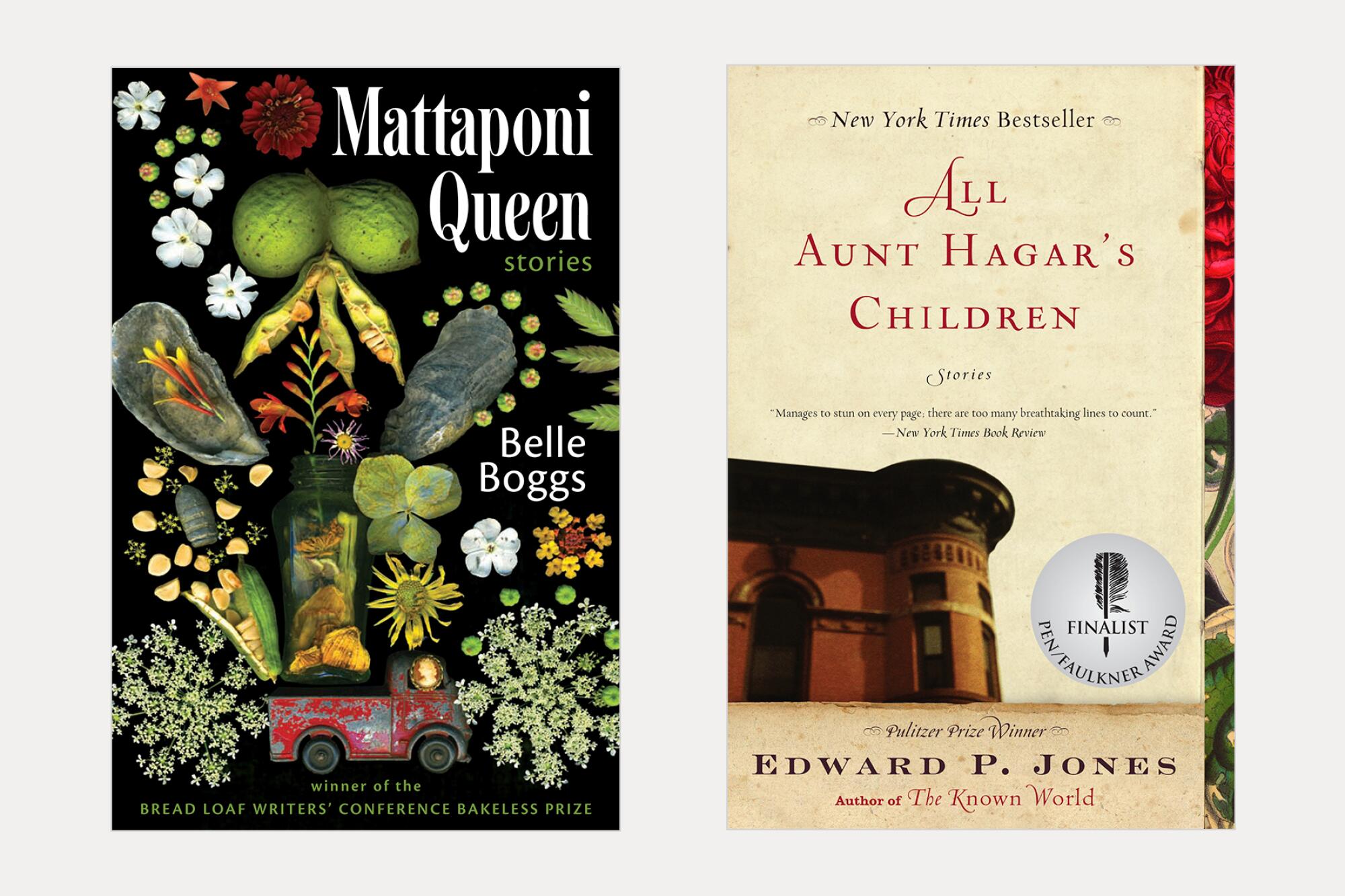
Capes and Tidewaters, Shifting Coasts and Capitals
District of Columbia, Maryland, Delaware, Virginia, North Carolina and South Carolina
Into the misty lowlands along the Intracoastal Waterway, the bays and sea islands of South Carolina through forests, abandoned plantations and tobacco fields, and eventually America’s capital, places to revel in summer fireflies.

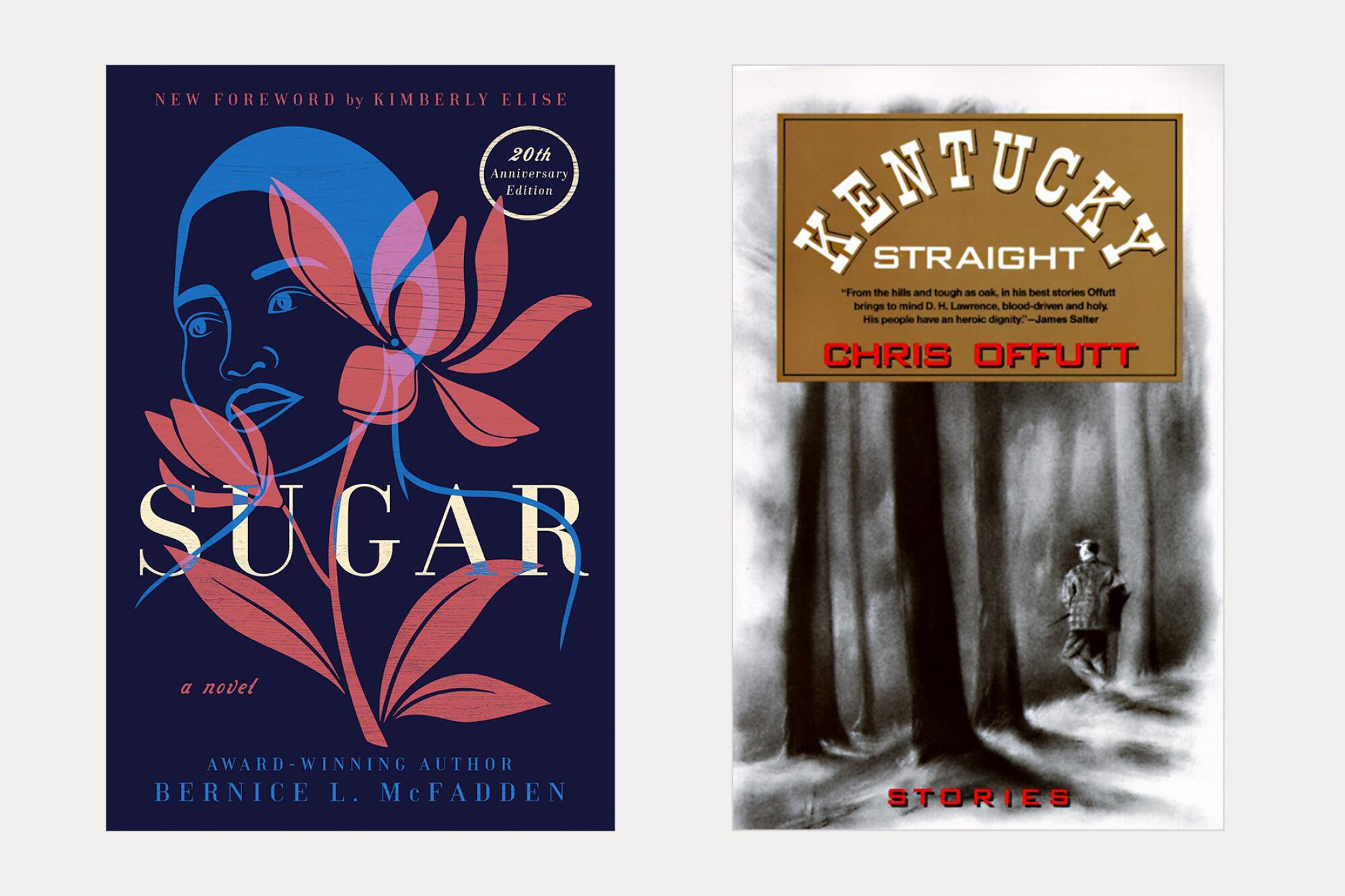
Mountain Home and Hollows, Smokies and Ozarks
Arkansas, Missouri, Tennessee, Kentucky, West Virginia and Pennsylvania
With a series of wooded spines, the swath of America dominated by ridges and valleys holds unique stories of resilience, isolation and family, secrets held for centuries and brave travels to save those loved and loyal to this place. This kind of home means deep reverence for tradition, and yet great novels of children longing for new visions as well.

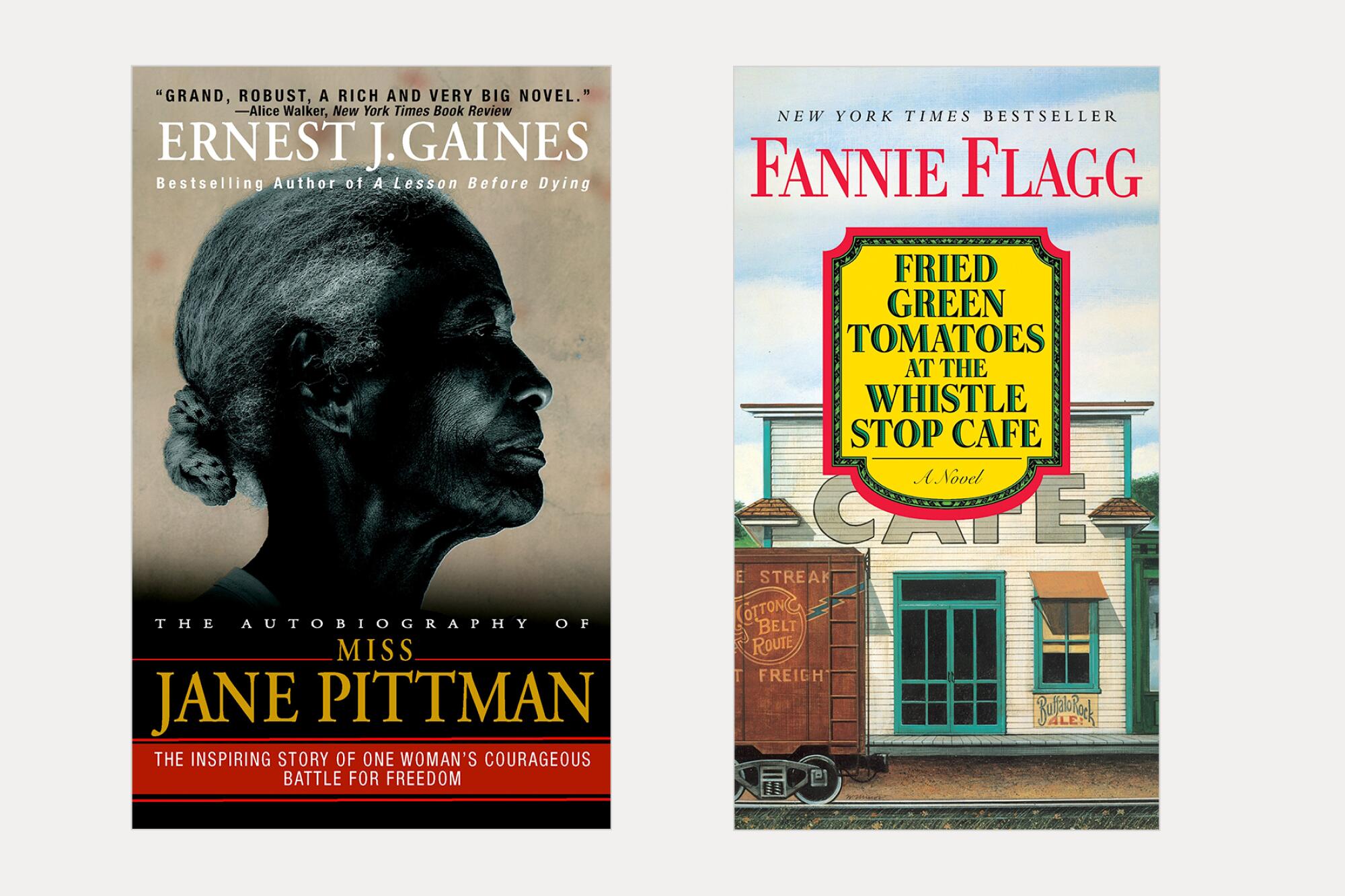
Blues and Bayous, Deltas and Coasts
Louisiana, Mississippi, Alabama, Georgia and Florida
One of the richest legacies of fiction is here in eddies and waves, the desperate fields and dark roads to freedom, the tenacity of centuries and the swirl of change brought by bravery. In the South, story is life, captured from the air into great literature.


In the Heart of the Heart of the Country
Wisconsin, Michigan, Minnesota, Iowa, Illinois, Indiana and Ohio
I took this title from William Gass, whose rhythm repeats throughout this immense heartland, where I’ve been told secret histories that echo marvelous novels. I walk along cornfields where endless streams of blackbirds flow above, thinking that prairie turned to field, to town, to city, and yet the long-held heartaches and sly humor color this heartland.

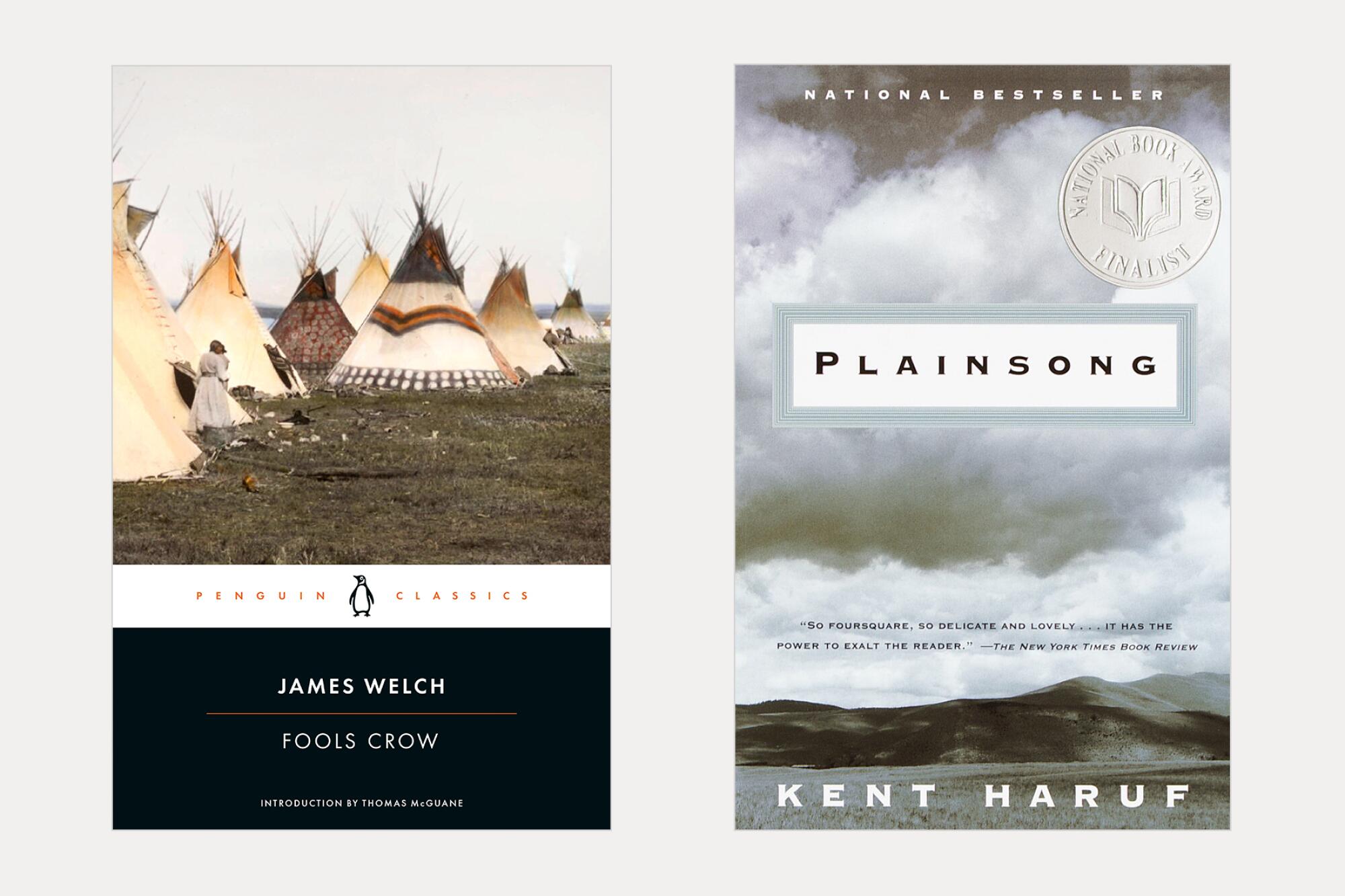
High and Lonesome Songs: Prairies and Mountains
Montana, North Dakota, South Dakota, Wyoming, Colorado and Nebraska
Yearly, I come here to hear stories from my long-gone grandmother’s people, secrets from Fraser mountains to desolate farmhouses in ghost towns like Purcell. These books immerse readers in centuries of beauty, movement and bone-hard work in this extraordinary place.


Big Skies, Red Earth and Lone Stars
Kansas, Oklahoma and Texas
Kansas might live in the imagination through Frank Baum’s “The Wizard of Oz” — the sky filled with entire lives swirling in tornado, the small wooden house lifted. Great stories of women in Kansas might surprise you: “Tie My Bones to Her Back,” set in 1873 Smoky Hill, “The Persian Pickle Club” in 1930s Harveyville, and “The Virgin of Small Plains.” The Republic of Texas is vast, but great literature has come from the small towns like marvelous “Olympus, Texas” in Sealy, the dark “Valentine” in Odessa and “Black Light” in Lubbock.


Enchanted Deserts and Coyote Canyons
Arizona, New Mexico, Nevada and Utah
In this land of extreme beauty, the land is carved with deep canyons by rivers Colorado, Rio Grande, Virgin and Salt and Mojave, serpentine threads of water. The mesas and mountains rise to the sky, and for thousands of years, Indigenous peoples have built their homes protected by cliffs and stone.


Forest and Totem, Sea and Mountain: The Great Northwest
Alaska, Oregon, Washington and Idaho
My beloved stepfather, born in Canada, and my little mother, born in Switzerland, yearned for the wild coasts and woods here, and took five children in a 1965 Holiday Rambler trailer through the trees silvered by rain, the ghostly beaches and salmon-filled rivers. But I know Alaska only through imagination — a someday dream.

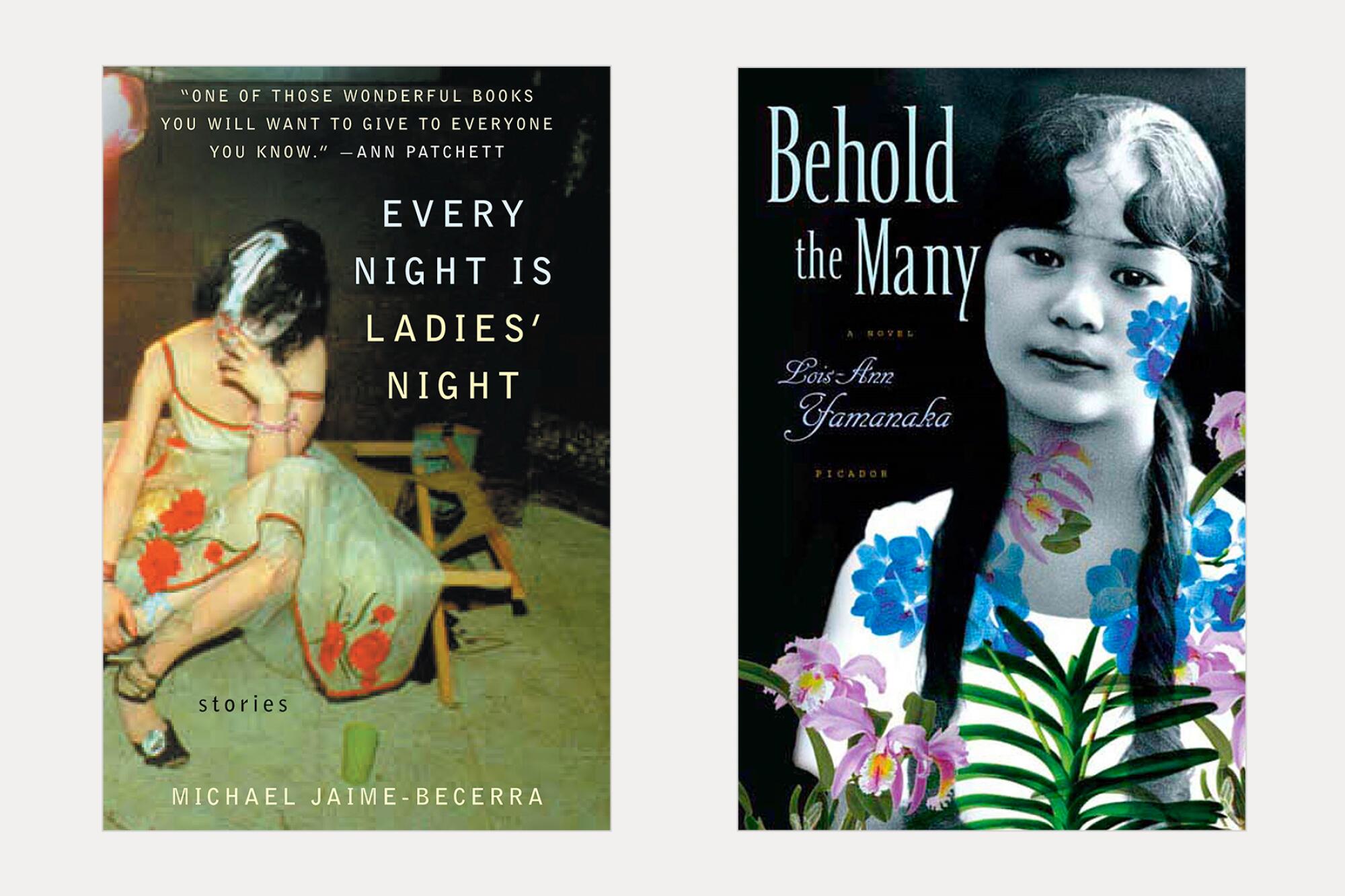
Golden Dreams and Sapphire Waves
California and Hawaii
California isn’t a construct or cliché to me — it’s my native land. As a child born here to parents migrated from snowy lands, I grew up obsessed with how people got to what they believed was the promised land, what parts of other homes they carried, what languages and foods and legends. Hawaii is also not an exotic construct. In forests and on beaches, people have told me about their chickens, their grandmothers, their ghosts.
Susan Straight is a professor of creative writing at UC Riverside. Her most recent novel is “Mecca.”
More to Read
A cure for the common opinion
Get thought-provoking perspectives with our weekly newsletter.
You may occasionally receive promotional content from the Los Angeles Times.





